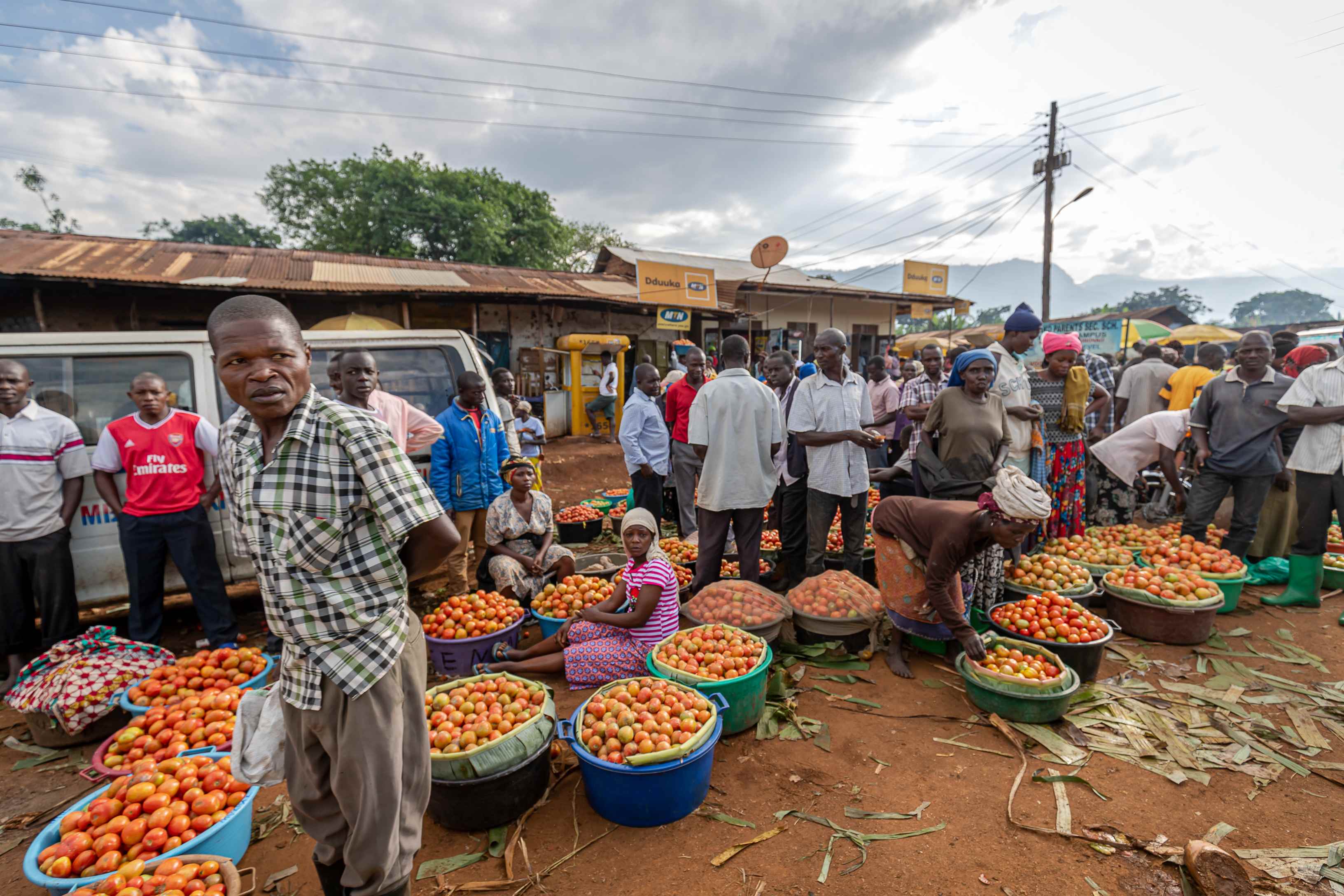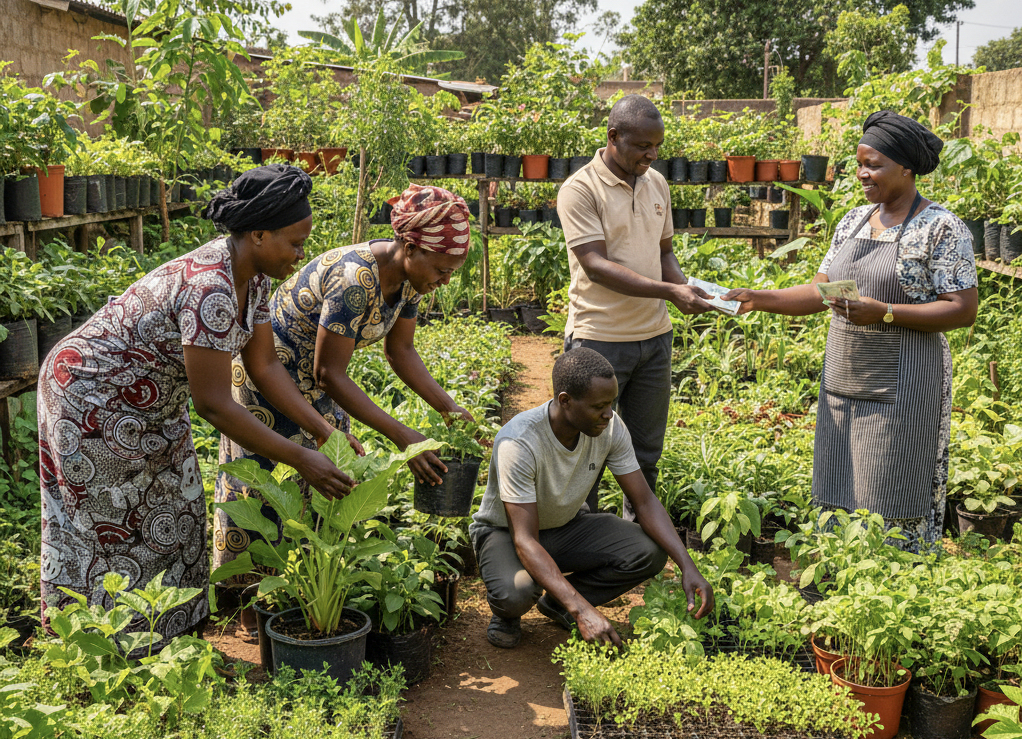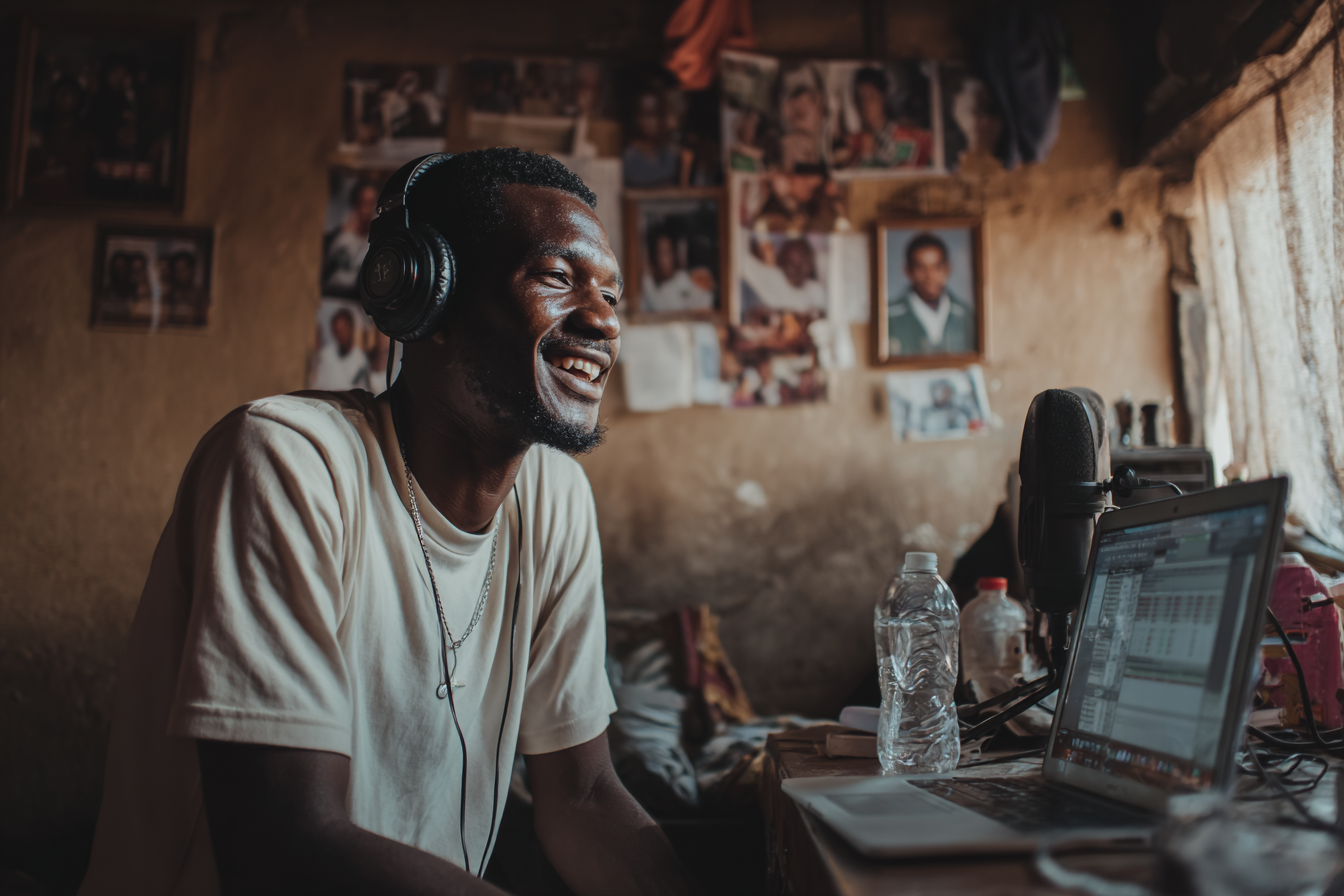There is a new dawn for intra-African trade on the horizon with the African Continental Free Trade Area (AfCFTA) coming to ‘life’ on Friday, 1 January 2021.
On that day, the first goods begun to flow under an Africa-wide free-trade pact, the sweet result of the more than five years of negotiations on cutting cross-border tariffs.
Though six months behind schedule, Africa’s vision of establishing a single market for goods and services across 54 countries, allowing the free movement of business travellers and investments, and creating a continental customs union to streamline trade and attract long-term investment is now underway.
‘’This is Africa’s opportunity towards recovery, prosperity and ultimately an opportunity to fulfil the vision of our founding fathers of an integrated continent where everyone has an opportunity to grow, contribute and prosper,’’ says Agnes Gitau, managing partner a GBS Africa.
‘’The journey won’t be without its challenges, but the collective political will for an integrated Africa will be a driving force for its success,’’ she added.
All but one of the 54 African nations, Eritrea, have signed to join the area and more than half have ratified the accord. According to the African Export-Import Bank (Afreximbank), the formation of the trading bloc could cushion the region against continuing coronavirus-related uncertainties and escalating trade tensions, as well as lessen its exposure to adverse terms of trade and price cycles for commodities.
The agreement, which has been ratified by 34 countries, is critical for growth and job creation for the continent and its 1.27 billion people. The countries which have deposited their instruments of ratification include Ghana, Kenya, Rwanda, Niger, Chad, Eswatini, Guinea, Cote d’Ivoire, Mali, Namibia, South Africa, DR Congo, Djibouti, Mauritania, Uganda, Senegal, Togo, Egypt, Ethiopia, Gambia, Sahrawi Arab Democratic Republic, Sierra Leone, Zimbabwe, Burkina Faso, São Tomé & Principe, Equatorial Guinea, Gabon, Mauritius, Central African Republic, Angola, Lesotho, Tunisia, Cameroon and Nigeria. Parliamentary or cabinet approval has been obtained by Somalia, Algeria and Zambia.
Johannesburg-based Trade Law Centre (Tralac) says AfCFTA’s scope goes beyond that of a traditional free trade area, which generally focuses on trade in goods, to include trade in services, investment, intellectual property rights and competition policy, and possibly e-commerce.
Under the ambit of the AfCFTA falls other continental initiatives such as the Protocol on Free Movement of Persons, Right to Residence and Right to Establishment, and the Single African Air Transport Market (SAATM).
It is imperative that Africa undertakes proactive steps to boost trade, including promoting skills for entrepreneurship and providing more access to credit and capital, particularly for SMEs, addressing the continent’s infrastructure deficit of $90 billion and, most importantly, providing a conducive environment for local businesses to thrive and grow.
Economic prospects under the pact
Benefits expected from the AfCFTA include:
- Africa’s cumulative GDP is projected to reach $3.4 trillion – this is on the backdrop of improved efficiency, trade facilitation measures and reducing red tape
- An increase in income levels – Once fully implemented, the agreement will boost wages for skilled workers by 10.3 percent and unskilled workers by 9.8 percent, according to the United Nations Commission for Africa (UNECA). Thus, supporting Africa’s vision of poverty elimination and lift over 30 million Africans out of poverty by 2030
- Increase in foreign exchange – Africa’s exports are expected to increase by $560 billion due to investment in the continent’s manufacturing sector
- A large trading market/economies of scale – Africa’s rising population is expected to create an enhanced market for business
Challenges
It is clear that the continent still has a long way to go before tariffs are scrapped, red tape slashed, and the much talked-about gains realised, observed Jakkie Cilliers, head of African Futures. Cilliers notes that integration is not an easy programme. There are stumbling blocks along the way. Integrating over 50 markets that are at different levels of development will be daunting.
He also cited the relationship between the AfCFTA and the existing eight (8) regional economic communities (RECs); the dovetailing of existing or future trade agreements between African countries with Europe, China and the United States; and non-tariff and political barriers.
Intra-African trade and beyond
Intra-African trade fell to 14.5 percent of the total in 2019, from 15 percent the year before. The free-trade pact could bolster the proportion to 22 percent, and commerce within the continent could rise to more than $231 billion even if all other conditions remained unchanged, according to Afreximbank. The bank also stated that internal shipments accounted for 52 percent of total trade in Asia and 72 percent in Europe.
Internal trade within the continent stands at a meagre 16 percent, while 65 percent of their commerce is with European countries. AfCFTA’s plan is to boost intra-African trade by 60 percent by 2034 by eliminating almost all tariffs and creating a resilient and robust economic bloc.
‘’The whole intention of the continental feature idea is to build regional value chains and to allow Africans not only to trade commodities but also to trade more value-added goods,’’ says Wamkele Mene, AfCFTA’s secretary-general.
Africa could be the world’s biggest free-trade zone by area when its treaty becomes fully operational by 2030. The accord comes into gear when trade tensions are surfacing in many parts of the world. It comes on the wake of the UK leaving the European Union’s single market and a new post-Brexit trade agreement entering into force.
‘’The AfCFTA will fundamentally change the economic fortunes of our continent. It is the start of a new era of trade between African countries, when the continent will produce the goods and services it needs, when its economies will grow, industrialise and diversify, when it will realise the great potential of its abundant natural resources,” said South African President Cyril Ramaphosa in a speech on 31 December 2020.
The way forward
- Improving productivity – this will require more efficient allocation of factor endowments like land, labour and capital while leveraging appropriate technologies
- Results-oriented industrial policies – encouraging the transition of economic activity from the simple extraction of raw materials to the more complex production of manufactured goods
- Reduction of transport costs – there is urgent need for investment in transport infrastructure to facilitate trading
The eyes of economic and development partners, among other stakeholders, are on the AfCFTA to see how it will change Africa’s socio-economic trajectory.








